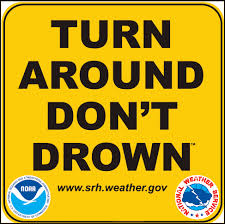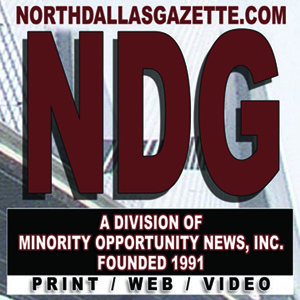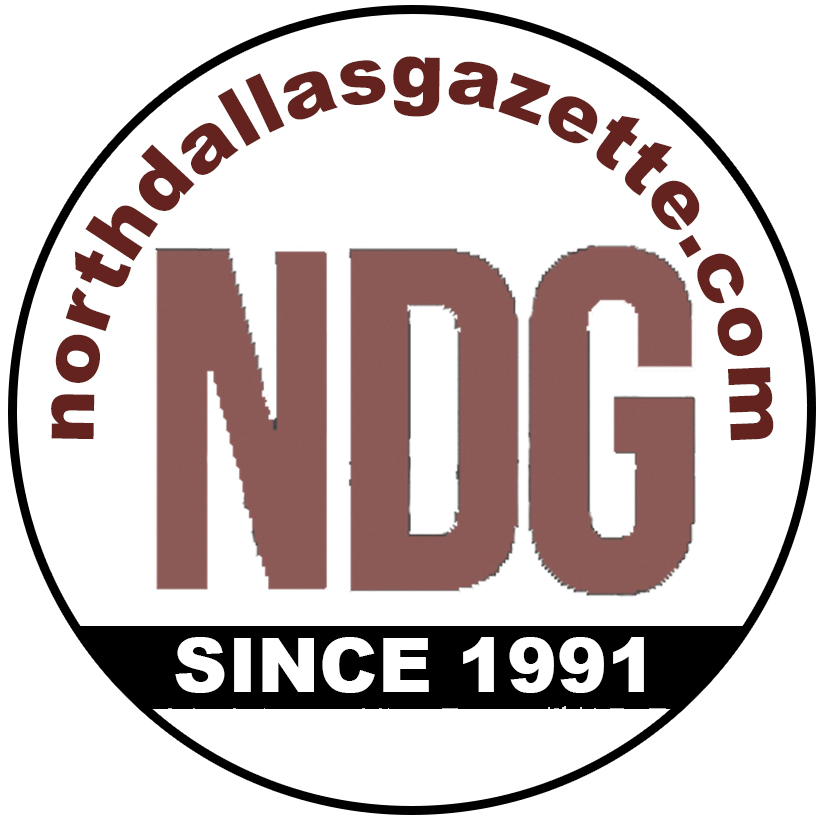 DALLAS – Flooding remains one of the top weather killers in the U.S., with the average number of annual fatalities totaling near 90. More than half of these fatalities are vehicle-related. The National Weather Service has been working to bring those numbers down, using its “Turn Around Don’t Drown” campaign, which is dedicated to teaching the public about flood safety.
DALLAS – Flooding remains one of the top weather killers in the U.S., with the average number of annual fatalities totaling near 90. More than half of these fatalities are vehicle-related. The National Weather Service has been working to bring those numbers down, using its “Turn Around Don’t Drown” campaign, which is dedicated to teaching the public about flood safety.
“Being prepared for emergencies or disasters is critical to the safety of you and your family,” said Office of Emergency Management (OEM) Director Rocky Vaz, “We want citizens to take full advantage of the resources we have available to help them plan for severe weather.”
Here are a few tips on how to prepare:
Know your flood risk – Use the interactive map at http://fc.dallascityhall.com to find flood areas. Tips onwhat to do before, during and after a flood can also be found at http://www.floodsafety.noaa.gov. Check the weather forecast regularly, get a Weather Radio and learn about Wireless Emergency Alerts.
“Turn around Don’t Drown” – This educational campaign warns about the hazards of driving a vehicle or walking through floodwaters. Just six inches of fast-moving water can knock over an adult; only 18 inches of water can carry away a motor vehicle, even an SUV. “It is never safe to drive or walk through flooded water,” said Vaz. Any time you come to a flooded road, walkway, or path, remember to “Turn around Don’t Drown.”
Have what you need: This includes an emergency supply kit in your home, vehicle, office or school. Include basic items such as food, water and important medications.
Know what to do: Having an emergency plan is essential to ensuring that family members know what to do and who to call after a storm. Select a designated location for family members to meet after a storm. Consider selecting an out-of-town contact for all family members to check in with; it’s often easier to make a call out of an impacted area than within one.
Stay informed: Enable wireless emergency alerts on your phone and sign up for community alerting systems, such as the City’s GeoCast Notification System at:http://www.dallascityhall.com/oem/oem_geoCast.html.
Visit http://www.dallascityhall.com/oem/index.html for emergency information from the City of Dallas.
Be an example – Share your preparedness story with friends and family. Letting others know you’re prepared will prompt them to prepare as well.
“Preparing starts with you, so we encourage residents to have what they need; have a plan and be informed about emergencies,” Vaz said.




